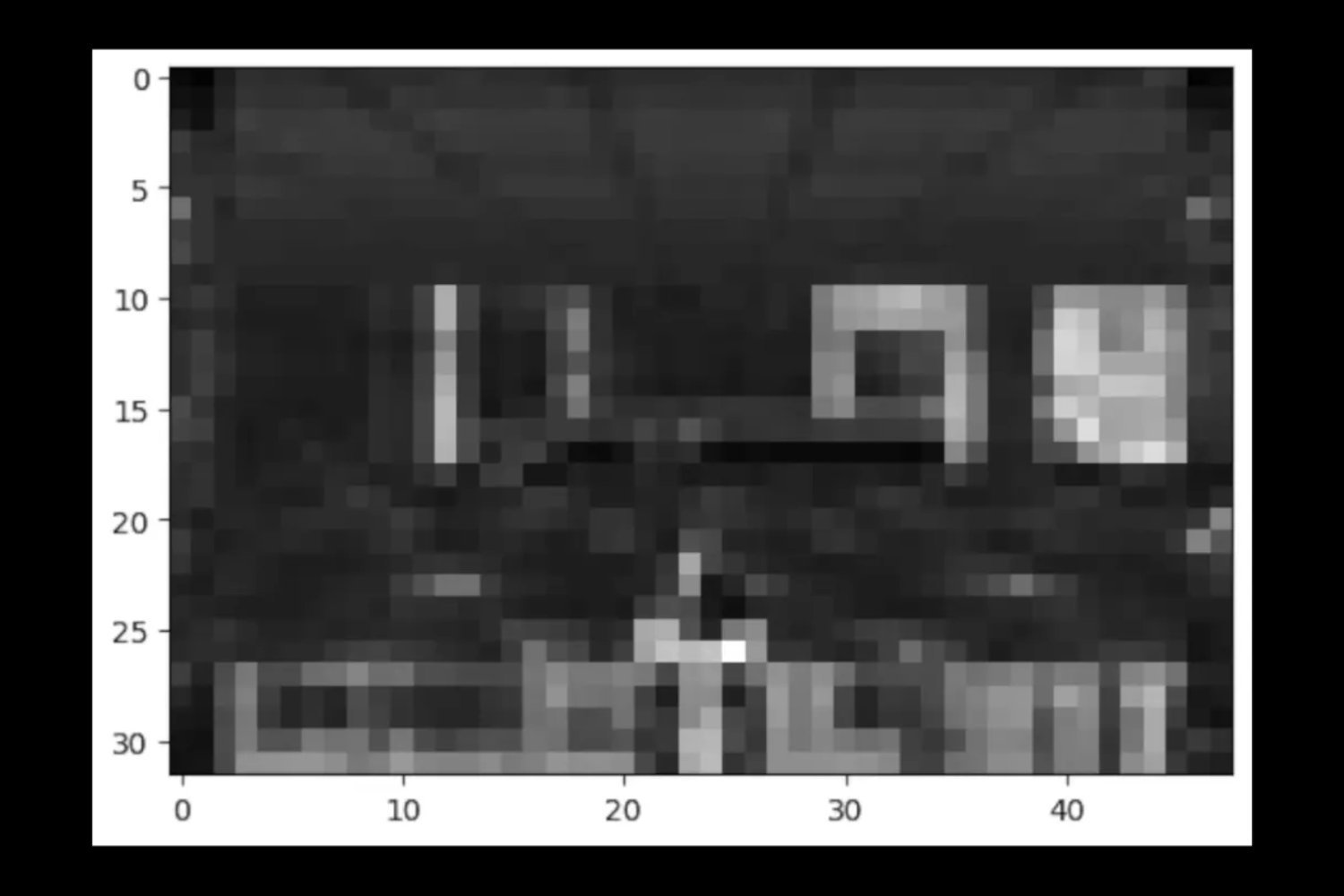You Won’t Believe It: An Experiment Defying the Limits of Technology

Since its launch over 30 years ago, it has been much more than just a video game. In addition to marking an era in FPS, it has become a challenge for programmers around the world: to make it run on the most absurd devices. We have seen it on pregnancy tests, ATMs, calculators, and even tractors. But now, a student from the has taken the challenge to another level: running the classic game on cells of E. coli. Yes, bacteria.
Biological Screen: How does this scientific delirium work?
Lauren “Ren” Ramlan, a doctoral student at , has managed to transform a colony of into a kind of living screen capable of displaying Doom. It sounds crazy, but the explanation is simple (well, more or less). Instead of using traditional pixels, Ramlan cultivated bacteria within a matrix of 32×48 wells, each representing a pixel that could be on or off. Then, she connected this bacterial screen to a system that sent chemical signals to control its fluorescence. In other words, she replaced the LED diodes of a normal screen with living cells that glow.
The problem: playing a game would take 600 years
In theory, everything works. But there is a small obstacle… speed. While the original version of runs at 35 frames per second, Ramlan’s bacterial screen needs 70 minutes to display a single frame of the game and over 8 hours for the bacteria to “turn off” and display the next image. Doing the math, finishing a game would take about 599 years. Slower than a WiFi download from last century.
Why would someone do this?
Obviously, this is not a practical way to play Doom, but rather an experiment that pushes the boundaries of biotechnology. If bacteria can act as pixels, what other applications could they have in the future? Living screens? Biological storage systems? The possibilities are as wild as this experiment. Ramlan, with a touch of humor, concludes her explanatory video saying: “We are a few generations away from the peak of human engineering… where technology and life merge”. We don’t know if the future of technology involves gamer bacteria, but one thing is clear: the challenge of making run on anything has no limits.




